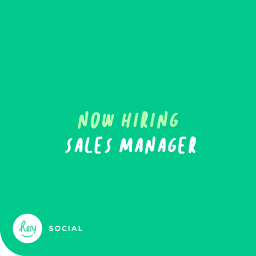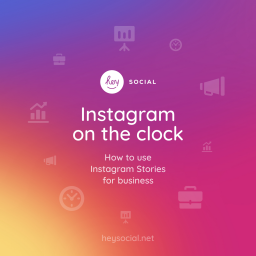Movie producers are creating flicks for streaming, not just cinemas. Kids are using smartphones to play with friends, and tablets or laptops for remote schooling. Increasingly more restaurants now deliver food and allow takeaway orders. From the largest business behemoths to mom‑and‑pop shops around the corner, everyone is moving online.
No business is too small to build an online presence and make it easier to buy their product or service. This isn’t about the context; the trend is as old as the Internet. However, if you need to stay ahead of your competitors, you should know that the current climate is accelerating digital transformation across the business landscape. It might also be your last chance to stay ahead before you would need to start playing catch-up to the competition.

Step 1: Get organized!
Focusing on your online presence means you’ll be able to reach customers that would have been difficult or costly to reach before. But before you worry about a website, web hosts, hosting packages or even domain names, you’ll need to organize your product offering in this new context.
For instance, coaches, consultants, specialists, dieticians, psychologists, and other professions that focus on one-to-one meetings can easily switch to online streaming or video lessons. And it can be done in multiple ways. For example, one-on-one video lessons, where the trainer and the student see each other, talk, and present learning materials. Another service could be group online sessions, using streaming tools to connect with more paying customers. This means having a virtual calendar on your website, for reservations, as well as ways to collect information from leads – people potentially interested in your services.
In the service industry, more and more restaurants and diners are creating order systems with online payments and deliveries – instead of having 10 tables in their restaurant, they now have thousands. As their website becomes a more important part of the business, they allot more resources – you’ll see them publishing kitchen tips & tricks, health advice, or other content meant to keep customers focused on their brand and their online presence.
However, you should know how your business will integrate customers that come from your website or app, as having this process in place will help you structure your online offers.

Step 2: Create a functional website
Let’s get to the work others will see. We have some tips for your first web presence. As you read this, think whether an online marketing agency might be the right choice for you – having a good team can help do things the right way, as well as make implementation far easier and non‑technical.
First, the good news: in 2020, technology is far more intuitive than a decade ago, and creating a website is now easier than you think. A common “trap” is to try and create something very complex at first. It’s much better to get out there quickly, with a simple website that you can always improve – in fact, both your customers and search engines love sites that get regularly updated. And everyone loves simple websites because most people in 2020 have a limited attention span and they’re generally using mobile phones, not computers, to look at webpages.
There are some free options to create a website out there, such as Wix or WordPress, but keep in mind – you need to look professional, so it pays off to invest in a website that is simple yet aligned with your brand, under your own control, and most of all secure.
The most important part of your website is the reason why customers should take action on your website – order a product or service, subscribe, or simply get in touch. It’s essential to have a well-written description of your offer, to mention advantages over competitors, and to make it easy to order – and when we say “easy”, it literally means “in as few clicks as possible”.
Always have a quick and easy way for customers to get in touch. For most, that’s a contact form, because it doesn’t require customers to use their phones, an email client, or anything else – they have everything right there and they won’t leave your page. A good contact form should be simple, clear, and reliable. Every extra field you put in it means a measurable amount of people will give up and not contact you. You should display a visible thank-you message or page for people who contacted you and deliver on your promised response time.
It’s up to you how fast you will move. And if you will choose to move your business online at all. For those who are looking to step forward and act, HeySocial is here to help. As we’ve always been online, and working remotely, our team continues to operate effectively. Tell us your story, and let’s find out how we can help you to move your business online.
Also, remember to follow our socials – in the next parts of this series, we’ll talk about using social media to create real connections to customers and to become part of their story, about setting-up e‑commerce and using paid advertising for a good return on investment.









